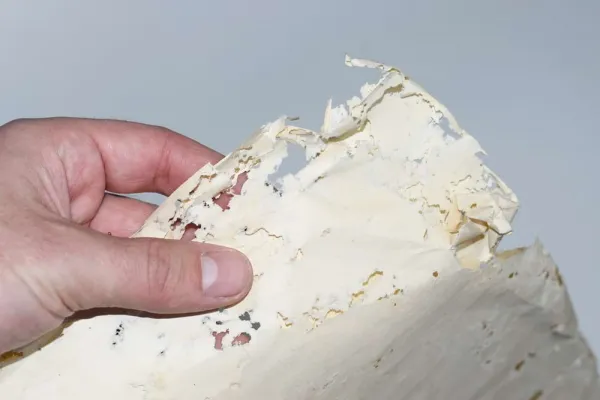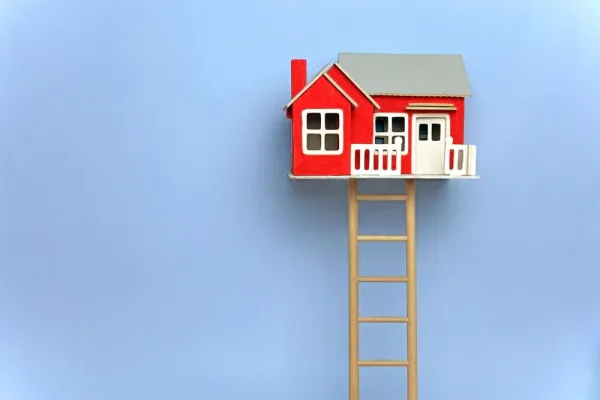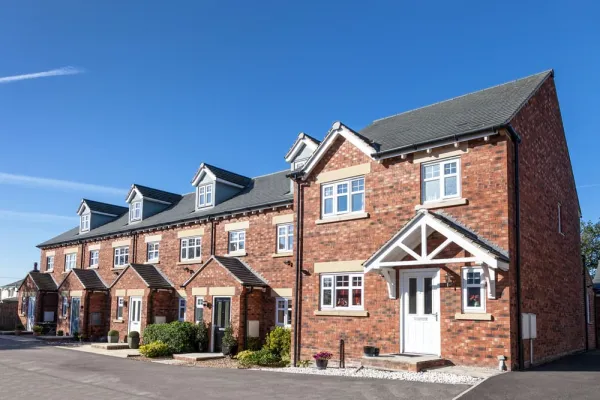Before you list your house on the open market, it is natural to have an idea about how long it will take to sell.
Unfortunately, things do not always go according to plan. If your house is on the market for a long time, it can not only cost you money, but it may decrease your negotiating power and turn potential buyers away.
So, how long is the ‘ideal’ time to leave your property on the market? Keep reading to find out.
How long does it take to find a buyer?
Research by the Advisory suggests that, on average in the UK, it can take up to 14 weeks for home sellers to receive an acceptable offer. From this point, there will often be another three months for the deal to complete.
Each seller has their own criteria for acceptable offers. This means that the process can be quicker or shorter.
Some people are only concerned with the amount of money offered. Others will look into the personal history of the buyer to see if they deserve the house.
As you would expect, the time it takes to find a buyer is not the same in every part of the UK. The average time is longer in London, for example. This is presumably due to the huge number of houses listed at any given time.
Meanwhile, in areas with few houses on the market, buyers may get the deal done faster than average. Examples include suburbs and rural areas.
Does your house lose appeal if it’s on the market for too long?
If your house has been on the market for a long time, there is usually a way for potential buyers to see this. They may ask your estate agent, in which case answer honestly. Platforms such as Rightmove also display when a property was first listed on the site.
If a house is on the market for a long time, potential buyers assume something is wrong with it. The negotiating power of the seller goes down. People may capitalise on this by making an offer below the asking price.
You should speak to your estate agent about solutions for this scenario. The asking price might need to drop, or the online listings removed. You might want to switch to a new estate agent or sell privately. Keep reading below for more detail on these possible solutions.
How long should you leave your house on the open market?
How long you leave your home on the open market should be something you discuss with your estate agent. They will have data available on property sales in the area and will be able to give you details on the timeframe on the sale of similar homes to yours. From this, you can set a realistic expectation.
If you are losing faith in your estate agent, you could speak to other property experts and ask for their advice. If you have friends or family who have sold a similar property recently, ask about their experiences.
There may be steps you can take to rectify the situation and make it more ‘sellable’. Or a new strategy might be required. We’ve explained more on this below.
Should I leave my house on the open market if I’ve received an offer?
This is down to the discretion of your estate agent – although, the decision should be yours.
Most estate agents like to list the house as ‘Under Offer’ in these circumstances. That way, potential buyers know that someone else is pressing ahead with the deal. It also gives you a safety net if your current transaction falls through.
What causes a house to be on the market for a long time?
There are lots of reasons why a house could be on the market for so long. You need to be honest about your property and identify whether any of these apply to you. Get outside opinions if you cannot be fair.
An overinflated asking price is one of the main causes. Buyers will only choose your house if it is better value for money. Lots of homeowners therefore consult valuers before settling on their asking price.
Another reason is because of the circumstances surrounding the sale. Major obstacles include a property in terrible condition, sitting tenants, or a with less than 80 years. Address these issues before you continue searching for buyers.
Of course, it is always possible that your estate agent is not doing their job. They should be marketing the house to their network of potential buyers. This can be done through printed brochures, advertisements in local magazines, and following up on enquiries. Equally, they might do a terrible job during viewings.
Market conditions are another factor. If there are lots of sellers in your area but very few buyers, you have less power. This is because the buyers have lots of options to choose between. It may be worth choosing a different time of year or waiting for economic conditions to change.
These are a few of the dozens of the factors that can delay you finding a buyer.
What should I do if my house has been on the market for a long time?
If you’re struggling to find a buyer, you should rethink your asking price. Make sure that it is not too high compared to similar properties in the area.
Switching to a different estate agent is an option that many sellers consider. Some estate agents may have contacts that other ones don’t. They may also bring a fresh perspective on selling your house.
Examples include new marketing strategies, a different asking price, or a new way to stage it during viewings.
Instead of choosing a new estate agent, you might want to change strategy altogether. For example, cash buying companies can guarantee a sale of your house. Meanwhile, if you want to sell the property on your own (without an estate agent) then this might be worth considering.
Small amendments to the presentation of the house can sometimes be worthwhile. An internal or external spruce up may encourage potential buyers. Especially if your estate agent updates your listing with fresh photographs and information.
In a worst case scenario, you might want to reconsider selling at all. The economic conditions might not be in your favour. Or, everyone is on Summer/Christmas holiday and not thinking about making a sale.
Ways to guarantee a quick sale
If you want to offload your house quickly, a cash buying company may be the best option.
A reliable cash buyer can guarantee the sale of your property. This will be at a price below the ‘typical’ market rate. Although, if your ideal selling price is not finding any buyers, it may be time to cut your losses.
Cash buyers can complete the transaction within 7 days if needed. This can be ideal if you’ve found your ideal new home and want to press on with the deal.
















